Creating a diverse development push
According to the Free Trade Zone (FTZ) research project of the Department of Industry and Trade of Ho Chi Minh City, the city plans 4 FTZs associated with seaports, railways, and border gates including Can Gio, the area near Cai Mep Ha seaport, An Binh Ward, and Bau Bang Commune (in the old Binh Duong province).
Ho Chi Minh City needs to have a free trade zone to create a boost for diversified development.
PHOTO: NGOC DUONG
Dr. Huynh Thanh Dien (Nguyen Tat Thanh University) analyzed: After the merger, Ho Chi Minh City has the most developed transport, industrial and logistics infrastructure in the country. This is both an advantage and at the same time creates pressure requiring the City to promote its leading role in the region, worthy of the "super city" status assigned by the Central Government. To do that, the City needs to reposition itself as the center leading the regional industrial production value chain, from design, production to export. From there, the City will create a spillover effect to develop localities in the region such as the Southeast, the Mekong Delta... This must be a consistent orientation in the City's development strategy, with the ultimate goal of forming a strong regional industrial value chain.
"Forming FTZ is considered an important part of the new industrial strategy, which needs to be quickly implemented to connect with the International Financial Center (IFC). In fact, this has been the city's orientation for a long time but has not been done yet. The current context has changed, we do not focus on tax incentives because Vietnam has signed most of the economic agreements, aiming for a 0% tax rate by 2030. However, this will be an area with priority infrastructure and fee incentives for businesses from other countries to do business and transit goods as easily as in their own country. We have an advantage, but if we do not do it, they will move to Singapore. Now Singapore is saturated, if we do not take advantage of it and do it quickly to "win customers", we will miss the opportunity again", Dr. Huynh Thanh Dien said.
Associate Professor Dr. Tran Hoang Ngan (National Assembly delegate) calculated: To achieve double-digit growth in the coming period (starting with 10%), Ho Chi Minh City needs 8% based on mobilizing private investment capital and foreign investment; the remaining 2% lies in operating and exploiting the International Financial Center, FTZ, Can Gio international transit port associated with the reclaimed urban area. At the same time, take advantage of new growth drivers in the fields of science and technology, innovation, and cultural industry. Looking at this structure, FTZ contributes directly to the 2% growth group but also plays an important role in helping Ho Chi Minh City achieve 8% capital mobilization.
Mr. Ngan explained: In 2017, 2018, 2019, Ho Chi Minh City easily achieved 8% growth based on traditional drivers, at this time total social investment capital accounted for 33%. However, since the Covid-19 pandemic, the city's total social investment capital has dropped sharply. Currently, to reach the total social investment capital of 33% as in 2019, the city needs to mobilize about 660,000 billion VND for 2025. Therefore, Ho Chi Minh City needs a push to attract social investment capital, as a basis to firmly grasp 8% growth, and FTZ will be the most effective tool. The new generation FTZ will create a push to develop diverse key economic sectors. The goal is to strongly attract domestic and foreign investment capital, promote international integration in the fields of advanced production technology, high-quality trade services, breakthrough innovation, attractive tourism, potential real estate and modern healthcare. In the context of increasingly fierce competition between megacities, plus unpredictable economic and political developments in the world that strongly impact export enterprises and the FDI sector, only FTZ can help Ho Chi Minh City directly participate in the global distribution value chain and attract strong investment.
According to experts, free trade zones will create a development boost for Ho Chi Minh City but need to be planned properly to avoid spreading out. PHOTO: INDEPENDENCE
"The success of the first FTZ pilot in Shanghai (SHFTZ, China) established in September 2013 is evident. After more than 10 years, SHFTZ has become a typical innovative economic model, contributing to the expansion of Shanghai's economic scale and attracting large foreign investment capital. By the end of 2022, a total of 84,000 new enterprises had been established in SHFTZ. The Pudong New Area alone has attracted 18,691 new foreign investment projects, with a cumulative registered capital of 217.2 billion USD. The scale of trade in goods increased from 207.6 billion USD in 2013 to 340.5 billion USD in 2022. China now has 22 similar zones. Ho Chi Minh City currently possesses all the advantages and needs to quickly form a new generation of FTZ to create economic momentum in the new growth period," Associate Professor, Dr. Tran Hoang Ngan emphasized.
FTZ should not be combined for the new Ho Chi Minh City.
Affirming the importance and urgency of FTZs, Associate Professor Dr. Tran Hoang Ngan said that with the current economic scale, area and advantages, Ho Chi Minh City should only establish about 2 FTZs in the period of 2026 - 2030. In particular, the area near Cai Mep Ha seaport should be given the highest priority because Cai Mep Ha free trade zone has Cai Mep - Thi Vai deep-water seaport connecting with Long Thanh International Airport (Dong Nai). If done synchronously, it will create competitive advantages, creating new momentum in attracting new generation investment on the East - West economic corridor from Moc Bai to Cai Mep - Thi Vai. Along with that, Can Gio and Cai Mep - Thi Vai have also been oriented to become a deep-water seaport cluster of regional and international stature. Therefore, it is possible to combine the planning of 2 FTZs of Can Gio and Cai Mep Ha into one, forming a strategic FTZ area to complete the logistics infrastructure of the entire Southeast region. Regarding the former Binh Duong area, if necessary, it should only be merged into 1 FTZ associated with industrial parks. "The most important thing is to build an institution for the super city of Ho Chi Minh City. In the immediate future, the Government needs to upgrade and perfect the specific mechanisms for Resolution 98, including a special mechanism for the new generation free trade zone. The mechanisms that have been approved for Da Nang and Hai Phong need to be studied for early application to Ho Chi Minh City," Associate Professor, Dr. Tran Hoang Ngan proposed.
Dr. Huynh Thanh Dien also shares the view that the planning of FTZ zones should be combined into one zone for the new Ho Chi Minh City, and that it is impossible to mechanically combine the planning of each old province and city into 4 FTZ zones for the new city. He analyzed: Previously, because each province and city developed independently, the principle was to have comprehensive planning from production input to distribution and output; there must be all the fields of trade, services, logistics, industry, etc., so every locality wanted to have an FTZ zone to attract investment. However, the core principle of the policy of merging provinces and cities is to re-plan the space in the direction of specific roles, closely linking to promote the advantages of each region. For example, with Ho Chi Minh City, currently, the current state of industrial production is still overlapping, lacking synchronization and there is no integrated planning. Therefore, the city should move all large-scale industrial production to the old Binh Duong area; the research, development and design should be done by the old Ho Chi Minh City; Export and logistics services are assigned to Ba Ria-Vung Tau (old). This industrial core will create a spillover effect for the region. With such a clear division of roles, Ho Chi Minh City only needs one FTZ located in an area with a convenient deep-water seaport such as Cai Mep Ha. The transit role of Can Gio port will be integrated into this into a strong international port cluster. At the same time, re-plan the infrastructure according to this chain link, so that goods from Binh Duong can be transported to the FTZ as well as connect the core area of Ho Chi Minh City with Ba Ria-Vung Tau in the most convenient way. If the original planning of several FTZs in one city is maintained, it will be a waste.
Following the "big play", Vietnam needs to experiment with unprecedented mechanisms in the world.
The report of the Department of Industry and Trade of Ho Chi Minh City said that the implementation of research on FTZ projects has received attention and support from domestic and foreign investors such as DP World, Vingroup, Geleximco Joint Venture... However, the project is facing some difficulties such as incomplete legal regulations; no specific policies. In addition, the work of developing specific policies is facing difficulties due to inconsistency with current regulations such as tax exemption and reduction policies; investment incentives, land... Therefore, the Department proposed to add specific mechanisms and policies applied in FTZs to the specific policies and mechanisms not yet included in Resolution 98. Incentive policies are open, flexible, diverse, creating motivation to attract investors, facilitating production and business activities in FTZs.
Financial economist Dr. Nguyen Tri Hieu commented that Vietnam does not have an FTZ yet, so the first thing to do is to build a legal framework. It is necessary to clearly define what an FTZ is? What types of goods are traded within the zone and how are they exempted from taxes? Goods can be exempted from taxes within the zone, but when traded with the outside, how will they be taxed? Another issue that investors are often concerned about is foreign exchange policy, what currencies are traded in the FTZ?... When there is a common legal framework, localities will use it to calculate whether they are suitable or have any advantages to establish an FTZ to attract investors to participate...
"FTZ is a completely new issue in Vietnam, so there needs to be a specific and clear legal framework. It is impossible for each locality to propose a separate and different mechanism, creating policy inconsistency right in Vietnam. The construction of the legal framework needs to boldly introduce testing mechanisms (sandbox) on finance, personnel, management mechanisms... for a period of 1-2 years. After that, summarize and draw experiences to adjust them to suit Vietnam's reality to officially launch. Because although many countries have FTZs, it is impossible to completely copy the applicable mechanisms because Vietnam has its own conditions," Dr. Nguyen Tri Hieu shared.
Dr. Do Thien Anh Tuan, Fulbright School of Public Policy and Management, also believes that the FTZ model can become an effective "institutional laboratory" that allows testing of new policies within a controlled scope, before expanding to the national scale. Vietnam needs to dare to think big, experiment with unprecedented mechanisms in the world, from policies to attract international talent, financial incentives to the application of digital technology in management. He proposed: The government needs to build a comprehensive, innovative policy system that is suitable for the context of international integration. The first is to apply financial incentives and strategic support mechanisms. Vietnam needs to shift from "tax incentives" to "direct financial support". Strategic investment support funds (SIPFs) can be established to directly provide financial assistance to multinational corporations affected by the global minimum tax mechanism.
In addition, Vietnam can still maintain some indirect incentives such as exemption of import tax on raw materials, components, and machinery for export production; implementing flexible tax policies for the fields of e-commerce and cross-border logistics; allowing testing of new financial models such as private investment funds, sandboxes for fintech, digital currencies, or exemption and reduction of long-term land and infrastructure rents, combined with clear commitments on policy stability and investment protection. Along with that is a flexible legal environment and advanced institutions. It is necessary to boldly cut down administrative procedures to the maximum, apply a one-stop shop model to handle all investment, land, import-export procedures, etc. In particular, it is necessary to apply the "institutional sandbox" mechanism, allowing testing of unprecedented policies in areas such as digital finance, digital banking; high technology, artificial intelligence, big data; smart logistics and cross-border services; sharing economy models and digital platforms. Next is to build a policy to attract internationally competitive talent, such as applying special visa policies and long-term residence for investors, experts, engineers, and highly skilled workers; implementing a market-based salary mechanism, not bound by the state administrative salary framework.
No need for more free trade zones
Free trade zones are a superior economic model, but the tendency to spread out should be avoided. Proposing to establish FTZs by every province and city can lead to resource dispersion, overlapping functions, unfair competition and reduced investment efficiency. Even Ho Chi Minh City, which is in the process of becoming a megacity after the merger, only needs to focus on building an effectively operating FTZ to create new development momentum for the city in the future.
Dr. Nguyen Tri Hieu
Planning project for 4 free trade zones in Ho Chi Minh City
1. Can Gio Free Trade Zone in Binh Khanh Commune has been planned according to the Prime Minister's decision. The project has a scale of about 1,000 - 2,000 hectares associated with Can Gio International Transit Port and Ganh Rai Bay.
2. Cai Mep Ha Free Trade Zone has also been approved for planning, with a scale equivalent to more than 3,700 hectares divided into 3 functional areas with 8 sub-areas.
3. Bau Bang Free Trade Zone (formerly Bau Bang District, Binh Duong Province) has been planned, located on the connecting axis of Cai Mep - Thi Vai port and Moc Bai border gate, Tay Ninh.
4. An Binh Ward Free Trade Zone is located in the old Binh Duong province. This place is near Song Than dry port and conveniently connected to Cai Mep - Thi Vai port, Moc Bai border gate. Scale 100 hectares, serving both international road and rail transport.
Source: https://thanhnien.vn/khu-thuong-mai-tu-do-se-la-dong-luc-moi-cho-tphcm-185250817214811538.htm


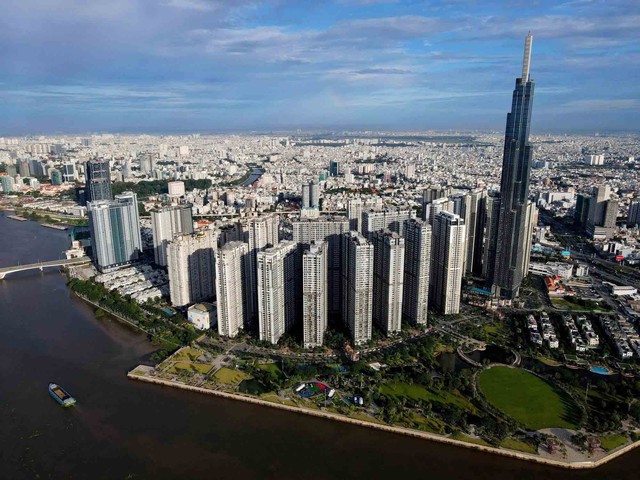

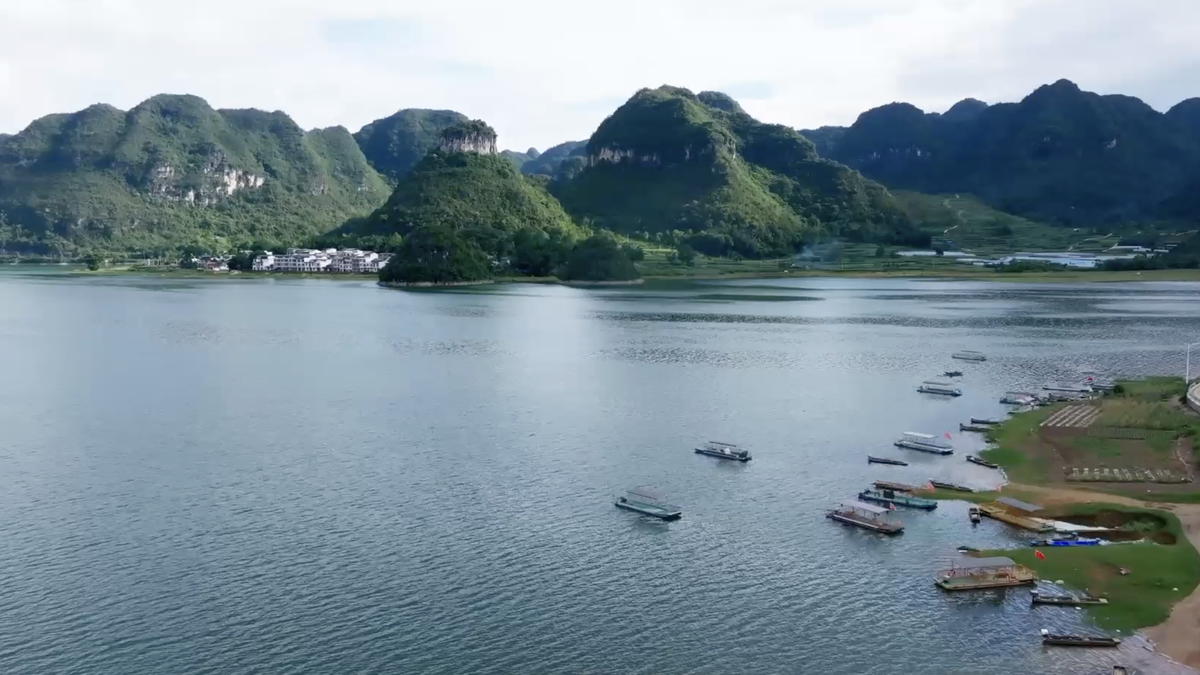


![[Photo] General Secretary To Lam and National Assembly Chairman Tran Thanh Man attend the 80th Anniversary of the Traditional Day of the Vietnamese Inspection Sector](https://vphoto.vietnam.vn/thumb/1200x675/vietnam/resource/IMAGE/2025/11/17/1763356362984_a2-bnd-7940-3561-jpg.webp)


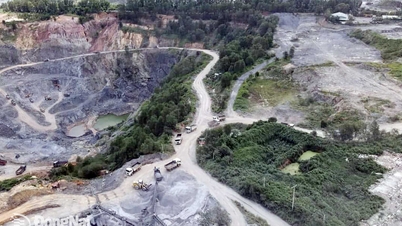

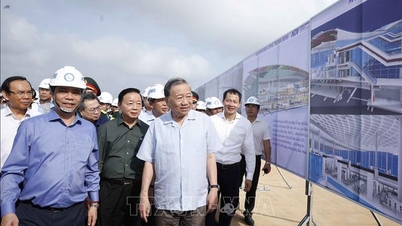



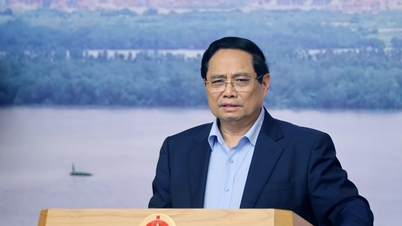

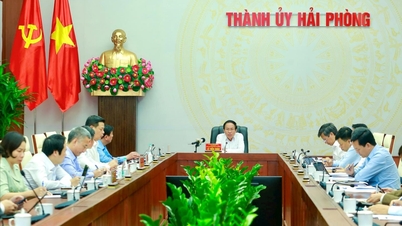

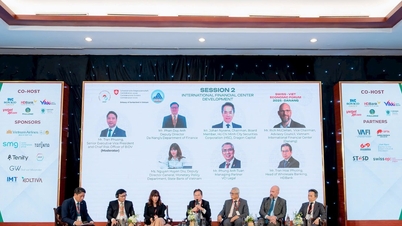

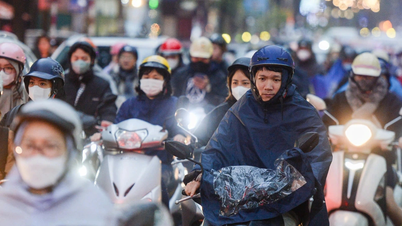

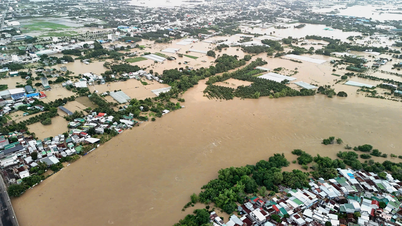









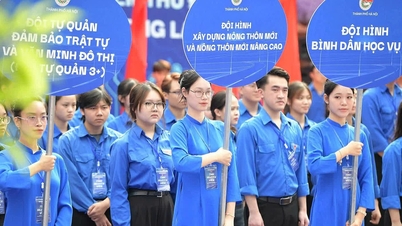

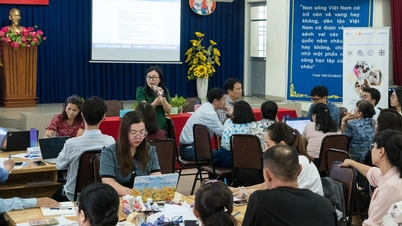



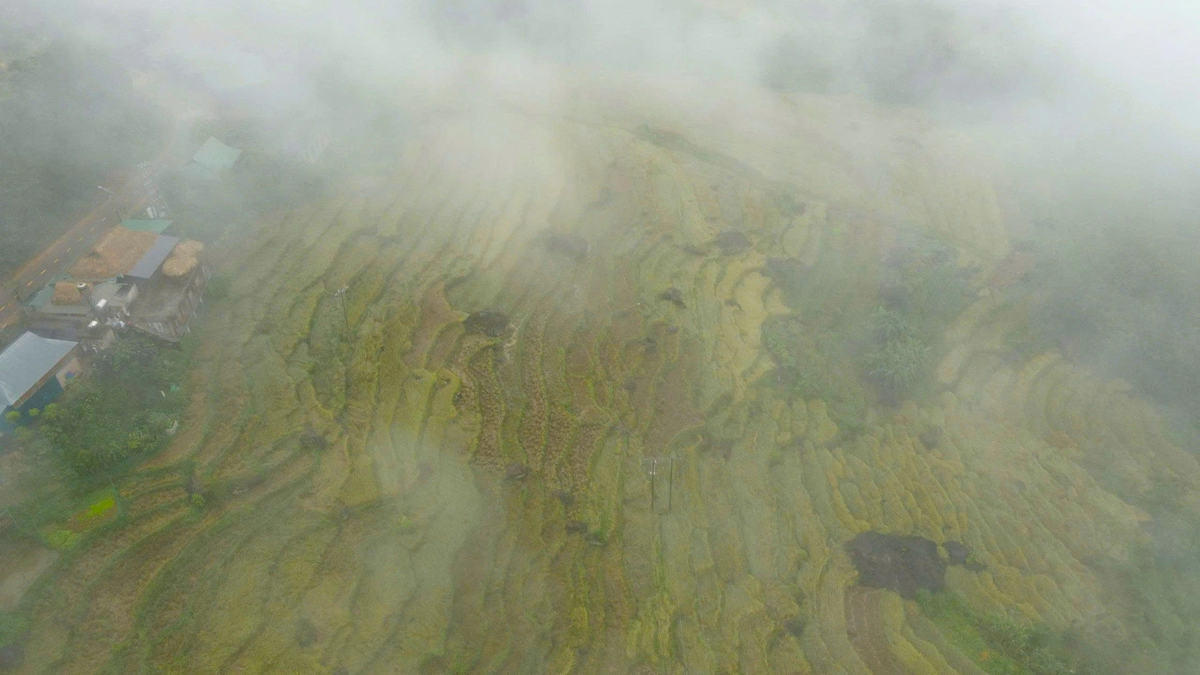


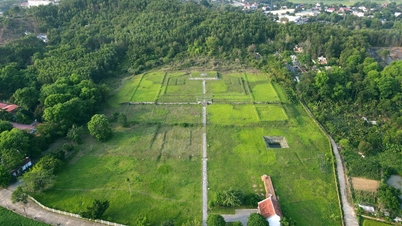












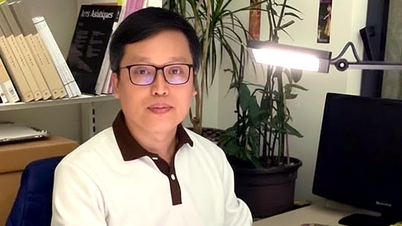


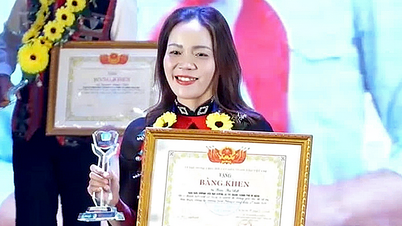





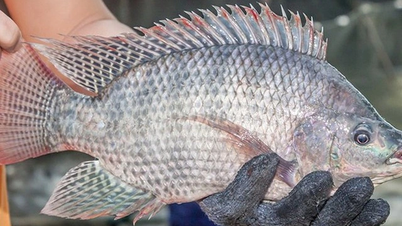




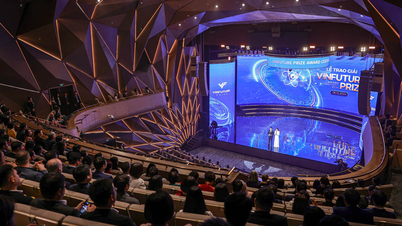






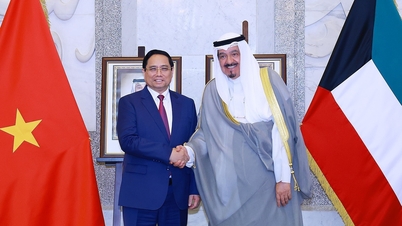



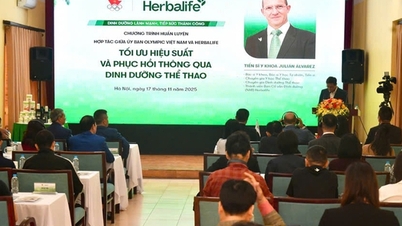

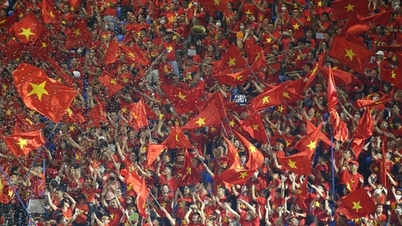
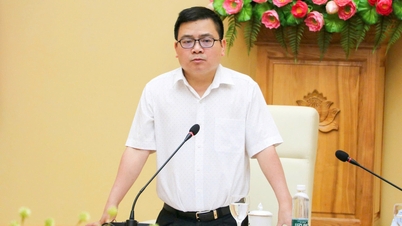



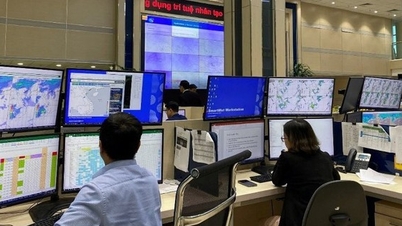



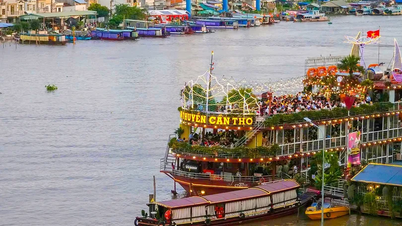



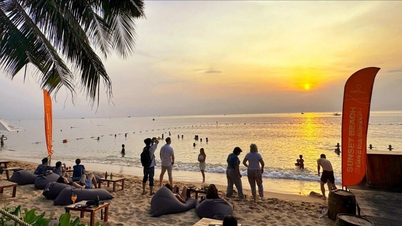



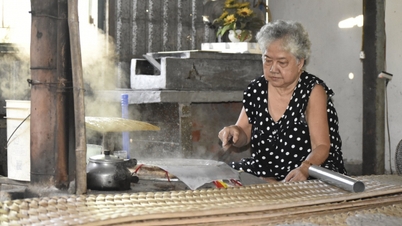

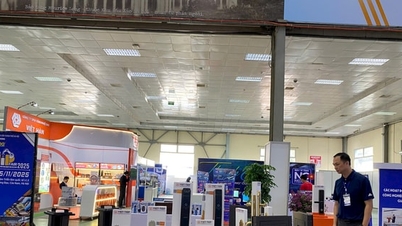

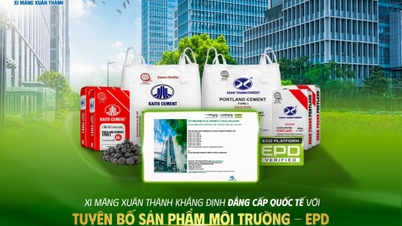
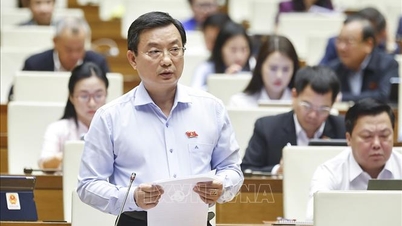





Comment (0)